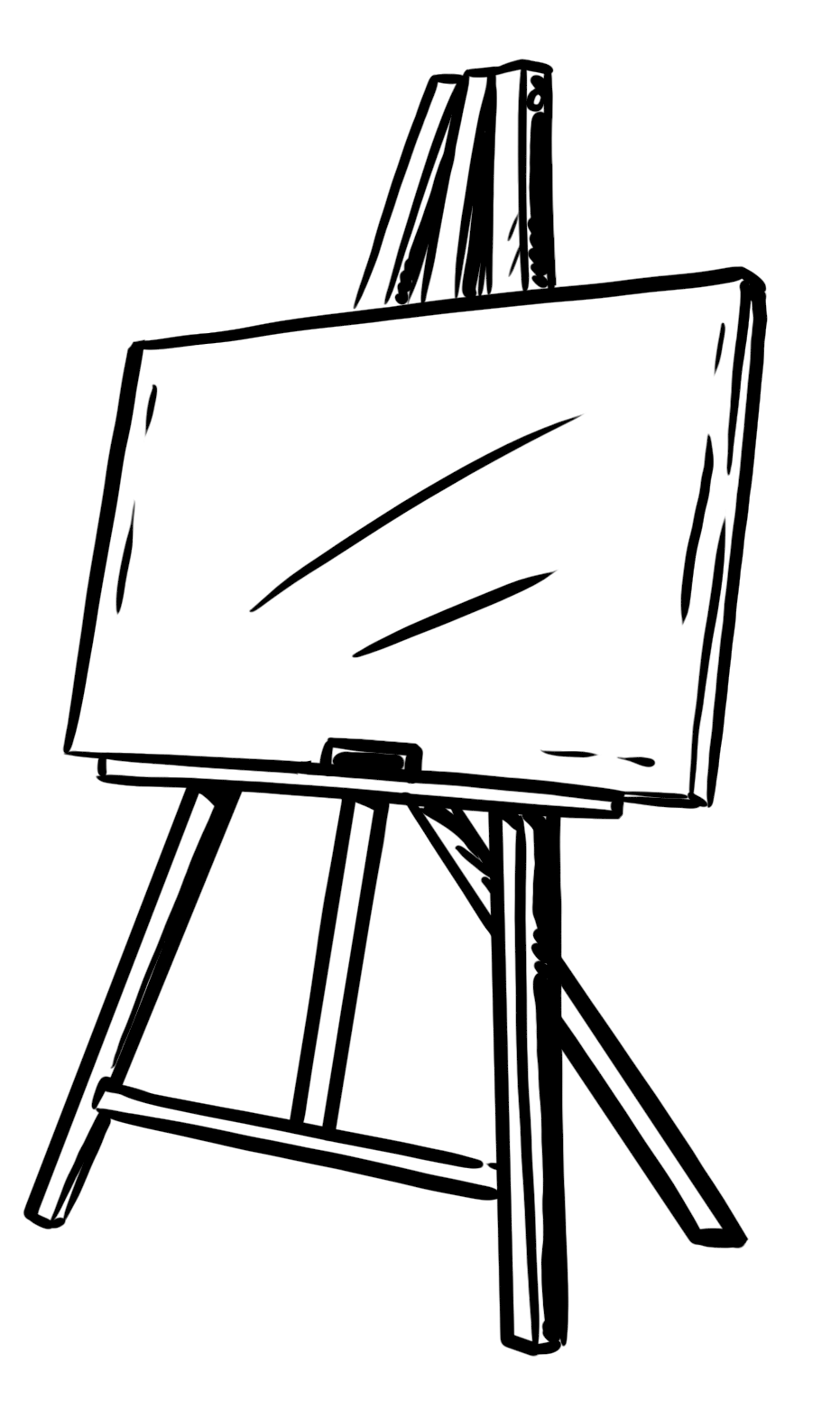Visual versus Text: What does the brain prefer?
According to Zabisco, the average person responds far better to visual information compared to just plain ol’ text. Whether you’re buying a product or revising for an exam, visual stimulation over text translation allows the brain to consume the material with more consummate ease.
But why is there such a hunger for images and video? Why would we rather click on a short video and avoid reading a big chunk of text? And why does this trend seem to be increasing as time moves forward?
Well first off, it could be something to do with the fact that 90% of information transmitted to the brain is visual, and visuals are processed in the brain at 60,000 times the speed of text. In other words, we look at pictures and videos regularly and we consume them more quickly than we do text.
But it might also have something to do with how people now live their lives – always on their smartphone and doing far too many things at once! No longer do we have 30 minutes to sit down and read through a long piece of text; we’re all far too busy tweeting, texting, pinning and liking to do that! We would much rather “relax” for 3 minutes and let the information flow over us by watching a video; enabling quick and easy consumption of the underlying message. As the age-old saying goes, ‘an image is worth a thousand words’. And never has this saying been so relevant. But if that is the case, then how many images is a video worth?
But hold on. Let’s go back a few steps.
If you think about it, text is nothing but a series of small intricately structured images. Words are a collection of small shapes, i.e. letters, and letters are just smaller shapes which when placed alongside one another make a bigger shape – a word.
So, why don’t we like reading a text as much as we do consuming images – static or moving? Our theory here at simpleshow is that when you are reading a piece of text, a fairly long and complex decoding process takes place in your brain. You are not only seeing the shapes written down but at the same time you are translating them to make sense out of the information that they convey. What’s more, because all words have different meanings, there is no way of telling how long this translation process will actually take. So subconsciously your brain can become stressed and drift out of a concentrated state. Especially when we consider that humans now have a shorter attention span than goldfish. It’s just much easier for us to look at a picture or watch a video.
Think back to 3,000 years ago. Our brains were focused on three things:
1. Where can I find food?
2. Will that thing eat me?
3. How can I continue my species?
These are the primal factors that our brains were built for – survival. And today we still react to information transfer in the same way. If we see a spreadsheet or a long piece of text, our brain’s instant reaction is to tell us that this is not essential for survival, even though it could actually be very important to us. And because we see with our brains and not with our eyes, this subconscious bias is not easy to overcome. It is therefore vital that we communicate in a way that makes it easy and straightforward for our brains.
Take the image below as an example. Most people would tell you that this is an image of a house, which isn’t necessarily wrong but it’s also not strictly correct. What you actually see is a series of orange lines joined together on a white background. But your brain from the word go is telling you it’s a house.
This is due to the fact that our brains are masters at recognizing patterns in the surrounding environment. And if everything was text, we would find it far more difficult to sort the important stuff from the not so important. When we absorb information in a visual manner – like the drawing of a house – we compare it with past experiences and patterns we’ve seen elsewhere. This just doesn’t happen so instantaneously when you are reading a book.
At simpleshow, we firmly believe that by combining auditory and visual stimuli, you can connect with the brain and really make a message stick. Utilizing simplistic, recognizable imagery and a well-structured story can lead to the solid grasping of an otherwise confusing topic.
In summary, if an image is worth a thousand words to deliver a powerful message, then a video is worth a million images!
(Pete)

